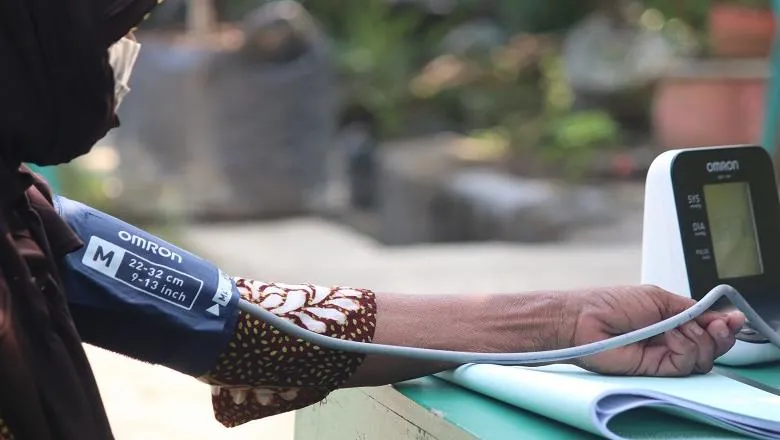This work provides compelling evidence that if health systems can invest less than $14 US dollars per pregnancy, enough health care providers who are adequately trained and supported can protect lives and improve pregnancy outcomes, beginning in women’s homes. It has been our immense privilege to work with these health workers and the country teams.
Professors Laura Magee and Peter von Dadelszen
02 June 2021
Assessing cost-effective interventions to reduce maternal, stillborn and newborn deaths
A study conducted in India, Mozambique and Pakistan finds that eight pre- and postnatal visits from community health workers (CHWs) is a cost-effective way to protect lives and improve pregnancy outcomes.

Pre-eclampsia, a common hypertensive pregnancy disorder, is one of the primary causes of maternal and fetal deaths worldwide, resulting in an estimated 76 000 maternal and 500 000 perinatal deaths annually.
In a new paper recently published by BMJ Global Health, researchers including Professor Peter von Dadelszen – Professor of Global Women’s Health at King’s – evaluate the cost-effectiveness of community-level interventions to identify, monitor and manage pre-eclampsia.
Their results show that when CHWs are able to provide at least eight visits during a woman’s pregnancy (four in Pakistan), that care is cost-effective in reducing the combined burden of deaths of pregnant women, stillbirths, and newborn deaths.
Senior authors, Professors Laura Magee and Peter von Dadelszen state:
The Community-Level Interventions for Pre-eclampsia (CLIP) trials are the first to investigate a completely community-led intervention for pregnancy hypertension. The project implemented digital health-supported pregnancy care by CHWs who undertook initial triage and treatment of hypertensive women in their community and facilitated timely transfer to facility.
CHWs held community engagement meetings to educate pregnant women and their families on pre-eclampsia, birth preparedness and complication readiness, while a mobile app allowed them to monitor pregnant women’s blood pressure and respond to emergencies.
The findings of the study support both the findings of the CLIP publication in the Lancet in 2020 and the World Health Organization’s recommendation for at least eight health worker contacts in every pregnancy.
Furthermore, they suggest that CHW-based interventions can be effective and cost-effective if enough workers are available to deliver them at the required frequency.
Read the full paper: Economic and cost-effectiveness analysis of the Community-Level Interventions for Pre-eclampsia (CLIP) trials in India, Pakistan and Mozambique in the BMJ Global Health.
